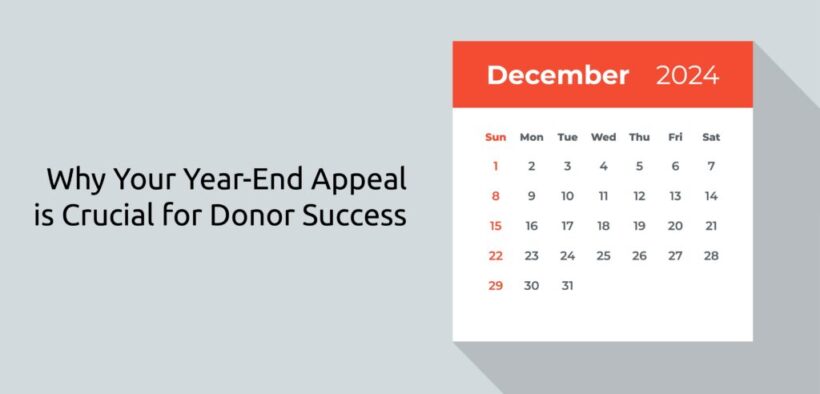The Big Finish: Why Your Year-End Appeal is Crucial for Donor Success
Share


Synopsis: We are culturally conditioned to spend all our money in the fourth quarter of the year. Profit and nonprofit enterprises alike count on the end of the year to finish in the black. Ministries that neglect to ask for money in as many ways as possible at year end are passing up a golden opportunity. Literally.
The Mission Advancement Partnership (MAP) for a Strategic and Successful Year-End Fundraising Campaign
There is no greater sign of donor negligence than failing to solicit donations at the end of the year. In fact, when coaching donor relations through Lutheran Church Extension Fund’s (LCEF) MAP process, we encourage ministries to limit their broad-based donor funding appeals to just twice a year. Spring appeals such as dinner/auctions and galas are a springtime staple for many ministries. The second, and biggest appeal, is the year-end solicitation. Only slightly better than not soliciting at all is the practice of sending out a single year-end appeal letter that also serves as a newsletter, Christmas greeting or general ministry update.
Before we get to the proper way to conduct a year-end appeal, let’s consider things to stop doing. Stop:
- Making general solicitations of your donors several times a year or, worse, monthly.
- Fracturing your general fund needs into artificial specific needs appeals.
- Randomly asking for donations without any rhythm, strategy or comprehensive plan.
- Unintentionally training your donors that you only talk to them when you want money.
We coach donor relations professionals to consider the year-end appeal as the opportunity to employ every tool in their toolkit. These tools include:
- Direct mail (two pieces).
- Social media.
- Email.
- Phone calls.
- Direct large gift solicitations.
- Personal visits.
Start earnestly planning your year-end appeal during the month of August. The best donor relations professionals are thinking about year-end all year round. That means collecting stories, pictures, videos and other collateral that will be used for the year-end campaign. In August, you begin to employ a discipline used in the movie industry: storyboarding.
Storyboarding is the process of drawing out the whole story and putting pictures on a board, then arranging them to arrive at the best story to tell. Storyboarding a campaign means starting with the grand theme you’ll use for the appeal. Then arrange the stories you’ll tell and where you’ll deploy those stories. Some will be told in the booklet mailed out in early November. Some will be teased in social media with links to the story. Those will also be sent in email communication. Storyboarding lays out the whole process and helps you plan how the stories fit and when you’ll add expert advice to the mix. There should always be a “value-add” component that makes the donor interested in opening the email or clicking the link. In addition to storyboarding, the skill of donor mining comes into play as you determine which donors will get a personal note asking for a specific gift at year-end. How much will you ask for? Who is on your Moves Management schedule and will be encouraged to increase giving? Your top 15 percent of donors should get personal contact with a specific, suggested amount you’d like them to consider giving.
Once storyboarded and planned, it’s on to execution. From completing the artwork and content to printing and mailing schedules to setting up the social media posts and emails, the entire campaign is scheduled. Donors who will receive follow-up phone calls and/or personal visits are identified, and contact begins once the direct mail piece has landed. Through the months of November and December, campaign communications go out weekly. Between Christmas and New Years, they go out daily.
There isn’t enough room in this article to dive deeply into this process; what’s been shared here is truly a 30,000-foot view. For more than six years now, LCEF has been coaching ministries large and small, established and start-ups, in donor relations using the MAP process. Ministries have seen growth in year-end giving from 20 percent to as much as 93 percent in the first year using this method. If your ministry’s donor relations, including the year-end appeal, could use a tune-up, contact us today and learn more about the MAP process.
Chat with me today and let’s set up a successful end-of-year campaign. Email Tim.Kurth@lcef.org or call 314-885-6623.

